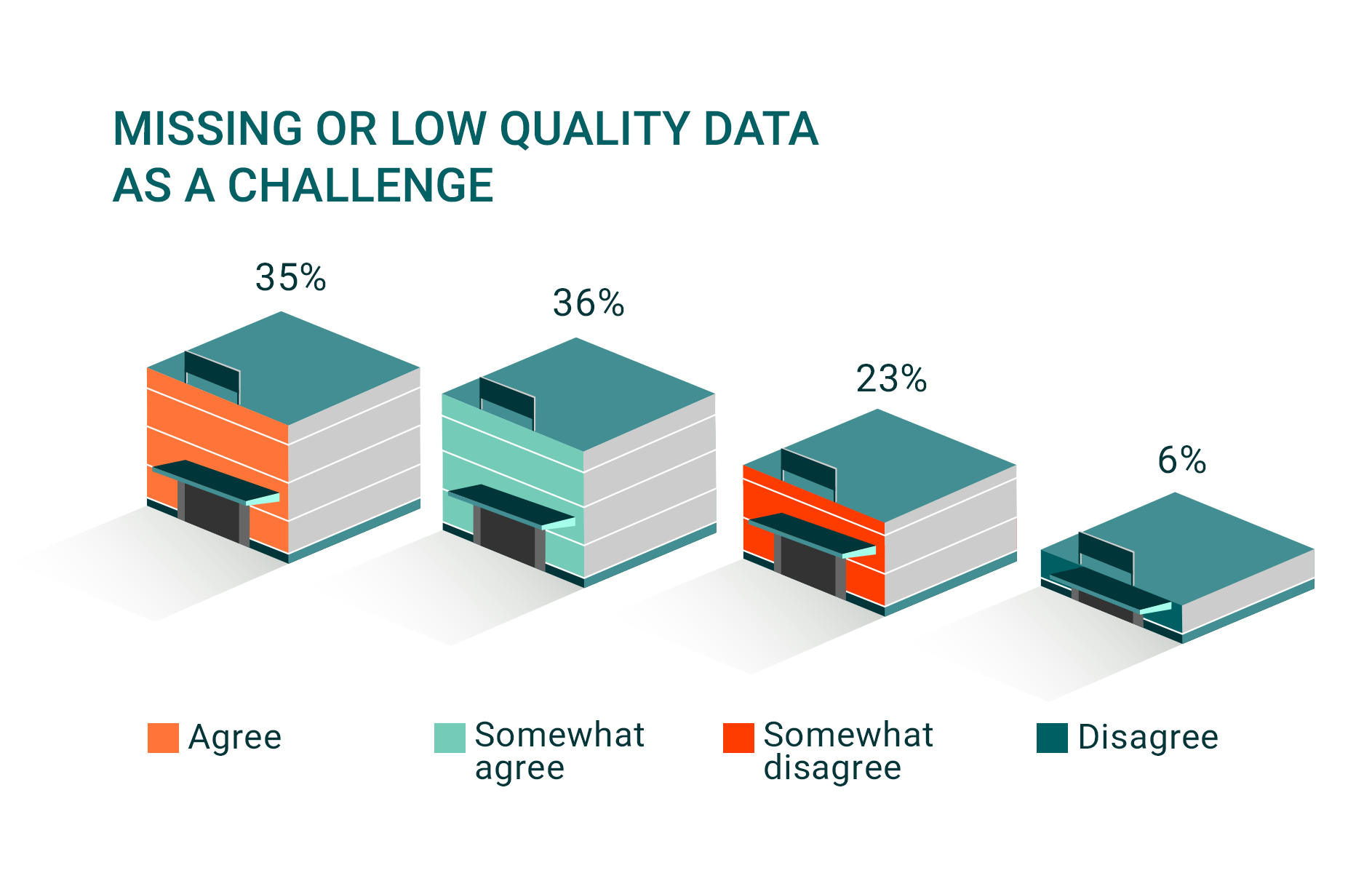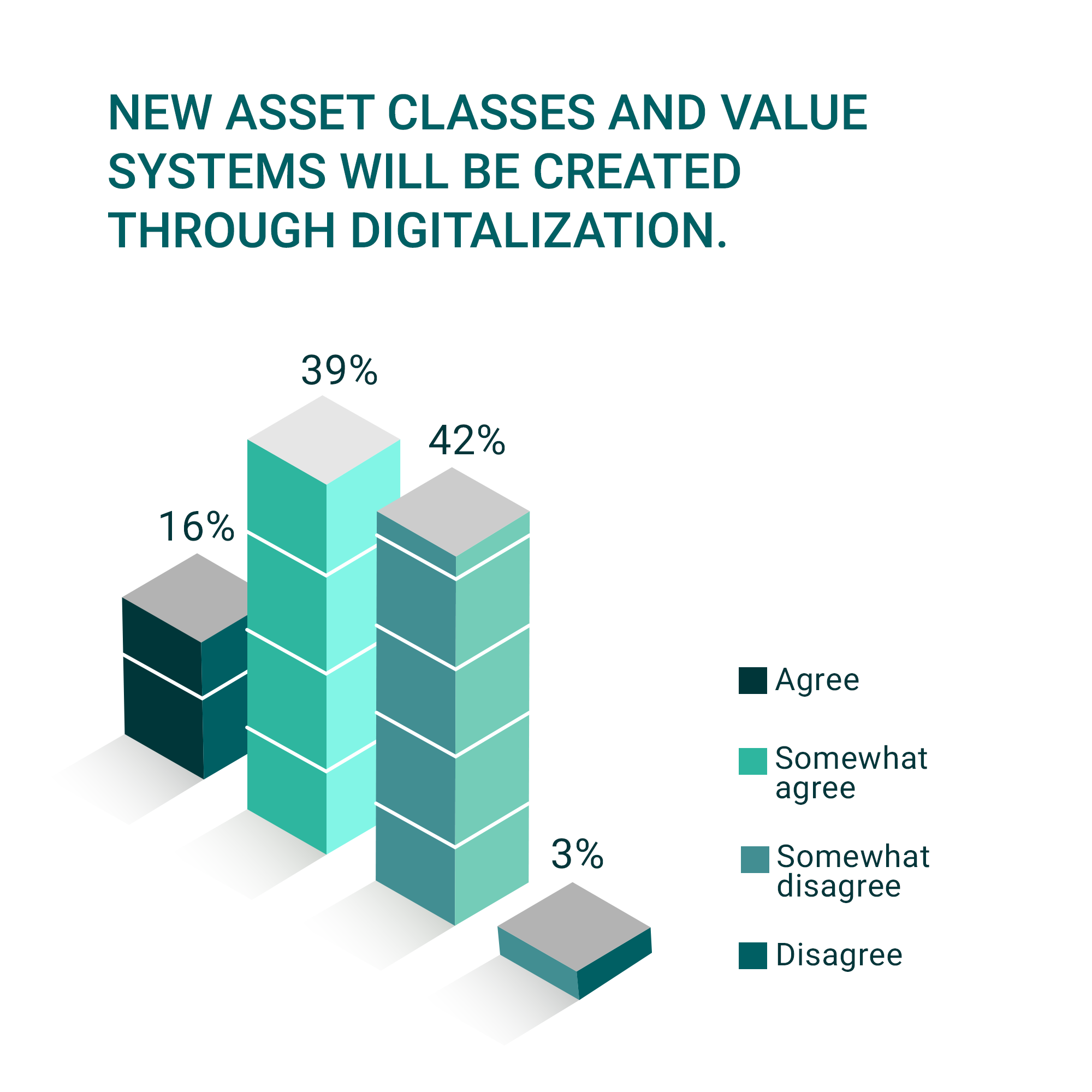Next step Breaking data silos

The digitalization process offers many opportunities - but is also full of hurdles, companies struggle to overcome. Missing or low quality data is getting in the way of real estate companies embracing the benefits of digital transformation.
In the third part of the Interview between EY and our CEO Jens Müller, the discussion focuses on barriers in the digitalization process and the future of real estate.
The interview was conducted through EY for the ZIA study which focuses on the status of the digitalization processes in real estate companies. Along with most recent statistics the study also highlights industry experts that are already driving digitalisation processes. You can download the study here (German only).
In addition to cost issues, there is also the question of efficiency, particularly during implementation...
That is precisely what we have found, too. Digital solutions often present companies with implementation hurdles that they struggle to overcome alone.
This leads us to conclude that we need to establish a professional service organization to provide the appropriate resources. Primarily, this would involve providing time resources that asset managers, for example, do not have, as well as expertise.

And yet, the limited value-add potential of real estate often stands in the way of data collection.
How do you resolve the fact that data are so diverse and scattered and of such varying quality?
These are precisely the issues we need to solve.
You have to ask yourself who really needs which data. Facility managers need more frequent and denser data. Asset managers, on the other hand, usually need metadata. In other words, a semblance of precision does not always help, even if it is technologically possible.
This brings us back to the aspect of transparency and the particular challenges facing the industry: How can we intelligently combine static data with operational and user data? And taking this one step further: How can we turn this into actionable insights?
First of all we need to sweep away the barriers between individual value creation levels.
Once we have done this, we can focus on generating added value from our data, for example, by creating new tenant services that none of our competitors offer. Our data might even allow us to design completely new and innovative business models that no one has even dreamed of today.

Let’s finish off with a more traditional interview question: For which problem in your company, organization or private life would you like to have a (digital) solution?
I am fascinated by the question of which areas of life we will be able to "augment" in the future. By augmentation, I mean enabling people to do things they would be unable to do without an augmented solution.
This also relates directly to the real estate industry: Building superintendents are on site every day, so why not equip them with a device, be it a smartphone or 3D glasses, that tells them which data to collect for direct integration into the system?
There would be no longer be a need for time-consuming travel if you could collect data like this from anywhere and everywhere. If this were a reality, it would create enormous potential and added value for people, society and companies.
Effective risk management, more agile business strategy, more sound future investment and improved sustainability are all enabled through driving digitalization.



